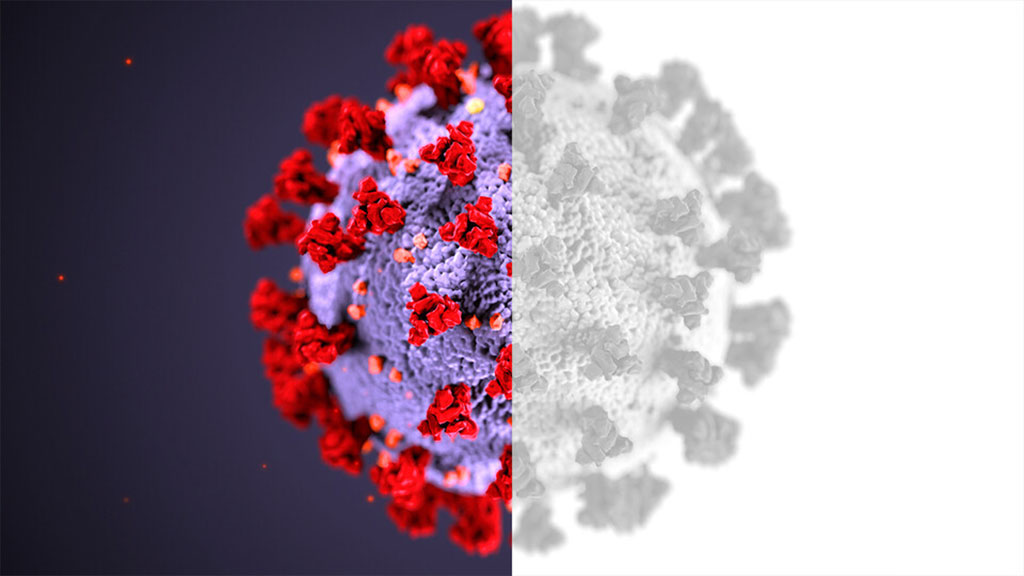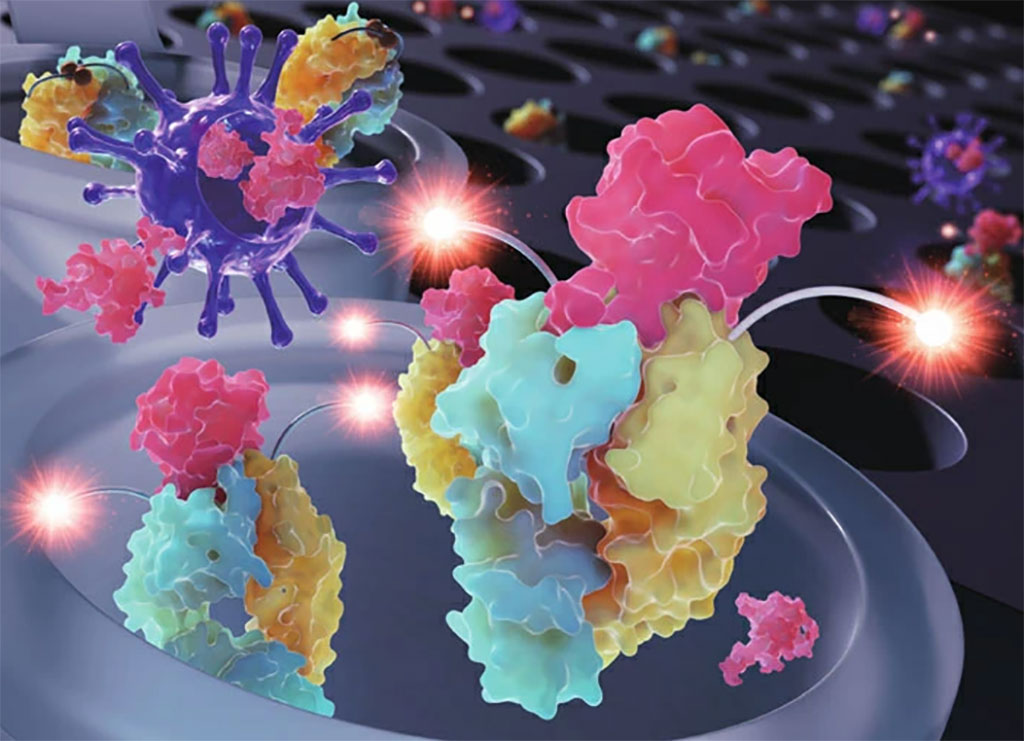Rapid COVID-19 Tests Return Minimal False Positives and Moderately High False Negatives, Finds New Study
By LabMedica International staff writers
Posted on 09 Apr 2021
A new study has found that rapid COVID-19 antigen tests have very low false positive rates but a moderately high false negative rate.Posted on 09 Apr 2021
Researchers from the University of Southern California (USC; Los Angeles, CA, USA) conducted the study to see how well inexpensive, easy-to-use COVID-19 tests might work as a screening tool for schools to help them reopen safely. The tests show promise for schools, especially if they use serial testing, such as twice a week.

Illustration
Children arriving with their parents at a walk-up testing site during the winter surge of COVID cases were given the opportunity to be tested for COVID twice - once with a rapid antigen test and once with the “gold standard” PCR test, to confirm the results of the rapid test. Overall, 774 children ages 5 to 17 years old took both tests. The study found that the rapid antigen tests have very low false positive rates but a moderately high false negative rate. In other words, the tests rarely identified someone as positive who was not but did occasionally identify someone as negative who in fact had COVID.
Among asymptomatic children who had COVID, as measured by the PCR test, the rapid antigen test identified about 50% of COVID-19 cases. The reason the rapid antigen test failed to identify many COVID-19 cases in children was because the majority of children tested had low viral loads as measured by Ct values - the number of times one needs to amplify the test sample to detect the genetic material of the virus. The test was over 90% accurate when focused on the sample of children with high viral loads who were very likely to be infectious. The test was about 99% accurate among asymptomatic children who did not have COVID-19. That is, the test gave a false positive result in one out of 100 asymptomatic children. The researchers suggest that the rapid tests, which require inserting a swab about a half-inch up the nose, could be administered by school staff or be self-administered with supervision. In addition, serial testing could allow schools to relax social distancing rules.
“The good news is that the false negative rate is low in kids likely to be infectious, as measured by viral load,” said Neeraj Sood, who directs the COVID Initiative at the USC Schaeffer Center for Health Policy and Economics. “Serial rapid testing may help compensate for missing the virus in the earliest stage of infection. If you’re testing these kids every four days or every five days, then there’s a good chance that you will catch them when they’re infectious.”
Related Links:
University of Southern California




 assay.jpg)









